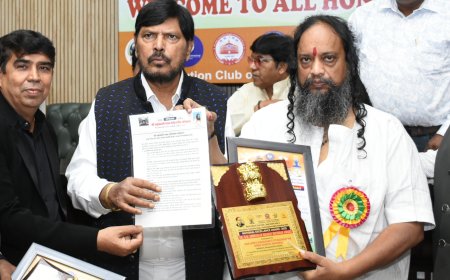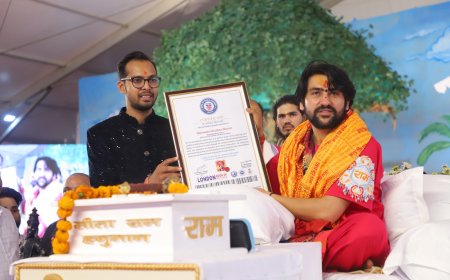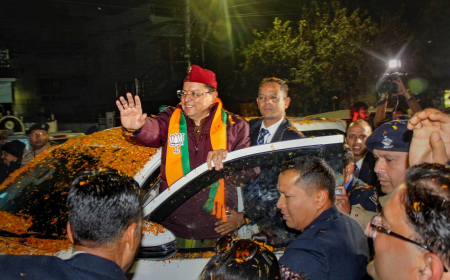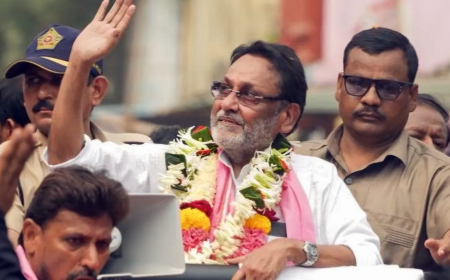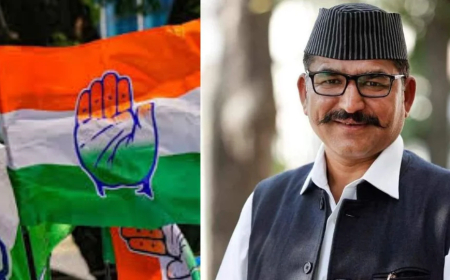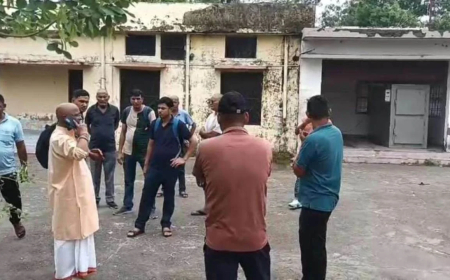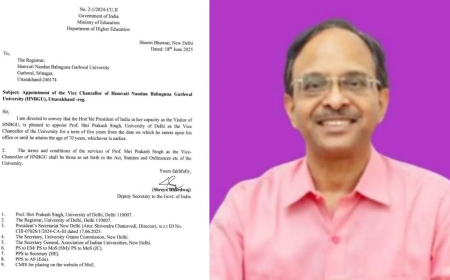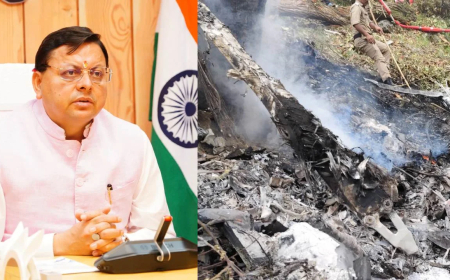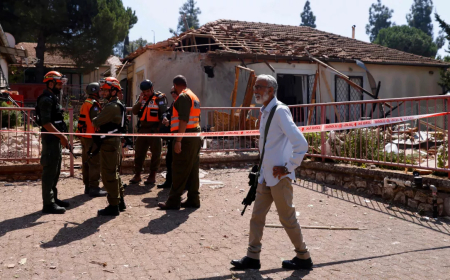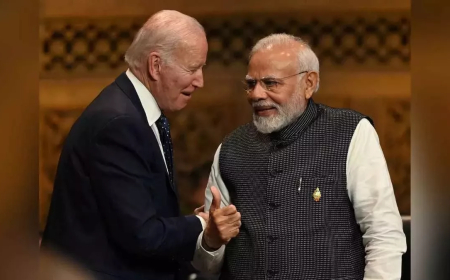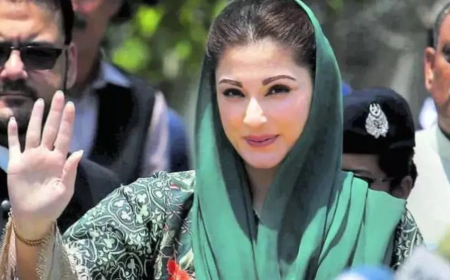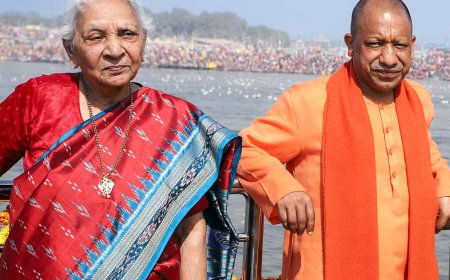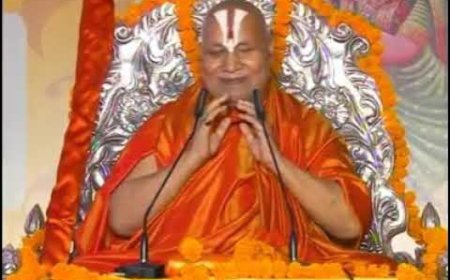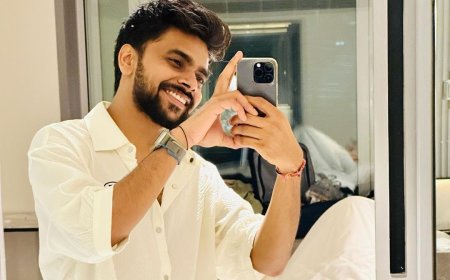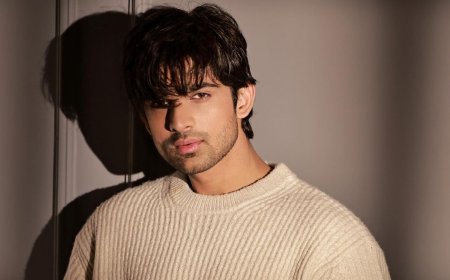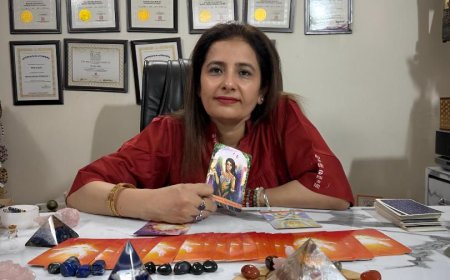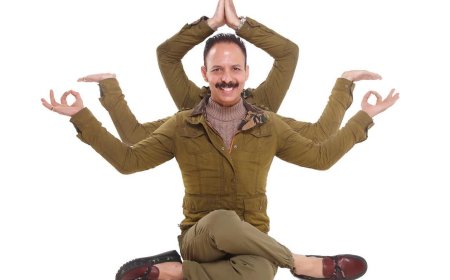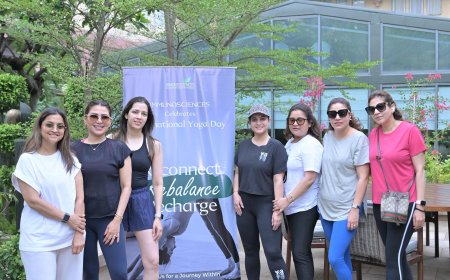Gujarat Tourism Minister and DPIFF CEO Explore Cultural Growth Through Collaboration
Gujarat Tourism Minister Mulubhai Bera met DPIFF CEO Abhishek Mishra to explore deeper cultural integration and tourism growth, continuing a fruitful six-year partnership rooted in cinematic influence and cultural pride.

The dusty warmth of Bhuj held a different energy this Monday. Not the usual hum of tourists or the silence of monuments, but a quiet conversation that could shape the soul of Gujarat's future cultural footprint. Gujarat Tourism Minister Mulubhai Bera sat down with Abhishek Mishra, the dynamic CEO of the Dadasaheb Phalke International Film Festival (DPIFF), to push forward a relationship that’s been blooming for six years. It wasn’t just about films or festivals. It was about merging identity with experience, memory with movement.
This meeting was less corporate, more cultural. The two discussed the evolving face of Gujarat's tourism — where the spiritual, the ecological, and the monumental blend into one grand narrative. Gujarat isn’t just a state anymore. It’s an emotion etched into temples, forests, deserts, and statues. From the divine aura of Somnath Jyotirling to the silent roar of lions in Gir Forest, every landmark was spoken about like a character in an epic, not just a destination. The Rann of Kutch and the Statue of Unity found equal footing in the conversation — both striking, both symbolic.
One name that kept rising like the morning tide was Shivrajpur Beach. Once a lesser-known shore, now a national pride with a Blue Flag certification. Clean, safe, and sustainable — it represents everything modern tourism should aspire to be. The Minister didn’t just mention it with stats and figures. He spoke of it like someone who's seen the sun set there more than once — with reverence. His passion isn’t political; it’s personal. Since 1995, Mulubhai Bera has walked the roads of Gujarat not just as a leader but as a local, and that’s what gives his work weight.
On the other side of the table, Abhishek Mishra brought in perspective — not of a visitor, but of a storyteller. He saw Gujarat not as a map to be promoted, but a canvas to be painted on the national screen. DPIFF, under his watch, has been more than a festival. It has become a platform where stories of land, people, and pride are told through cinema. Mishra emphasized the need for deeper collaborations — the kind that goes beyond event partnerships and taps into narrative-building, showcasing destinations through the lens of emotion and culture.
He wasn’t selling an idea. He was inviting one — that cinematic platforms like DPIFF could be mirrors held up to states like Gujarat, reflecting back not just their beauty but their identity. His vision involves pulling state tourism boards onto a bigger stage, giving them visibility through art, not just advertising. He talked of India’s beauty not as a checklist of places but as a heartbeat that moves through its people, its land, its legends.
The meeting ended, not with handshakes and photo ops, but with the quiet sense that something real had just been set in motion. No flamboyant announcements. Just two men, rooted in different worlds, seeing the same horizon. When cinema and tourism shake hands, what you get isn’t just promotion — you get preservation, you get pride, you get purpose. And maybe, just maybe, you get a Gujarat that isn’t just visited, but deeply felt





